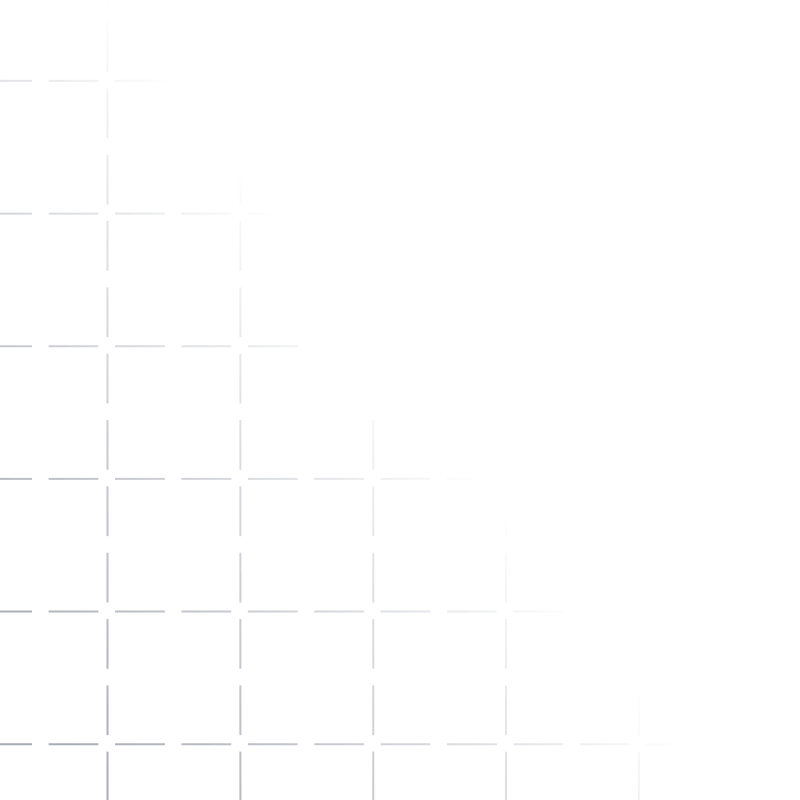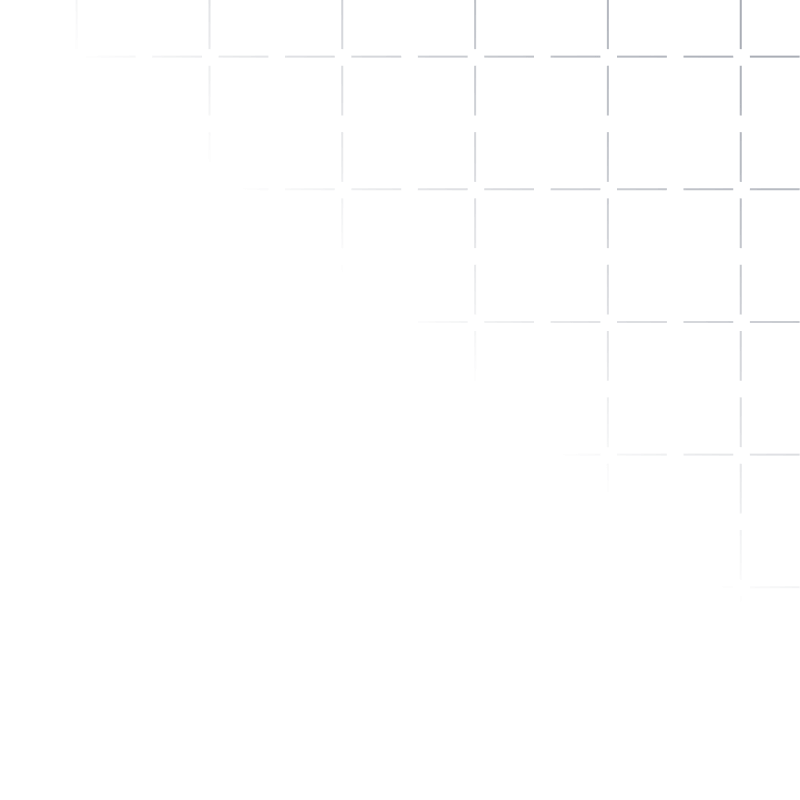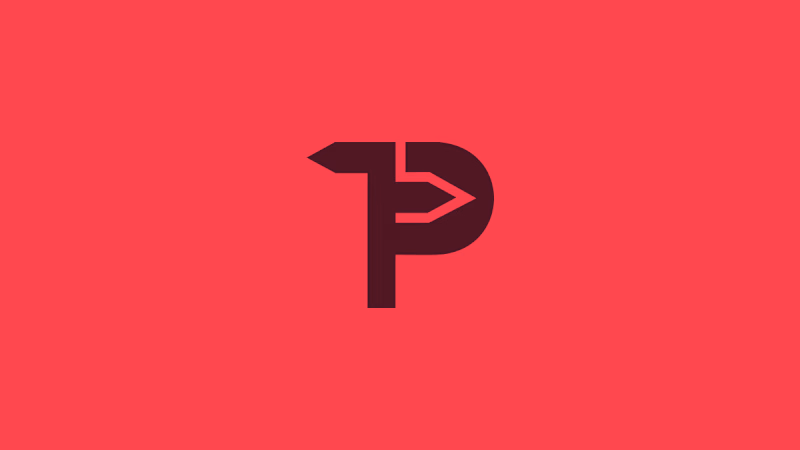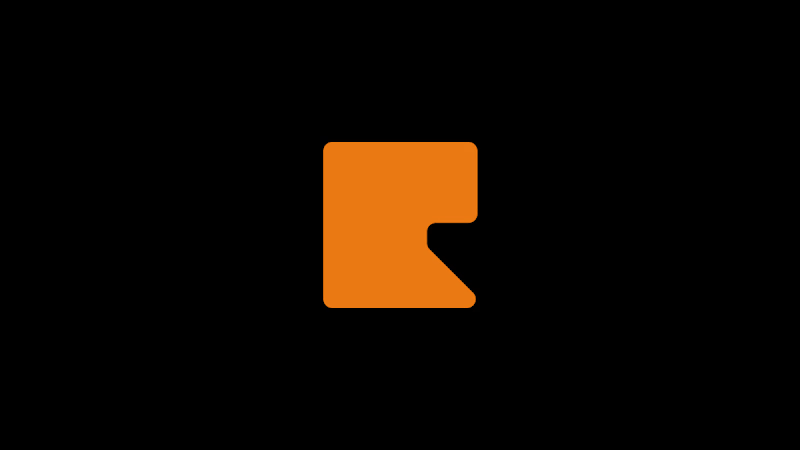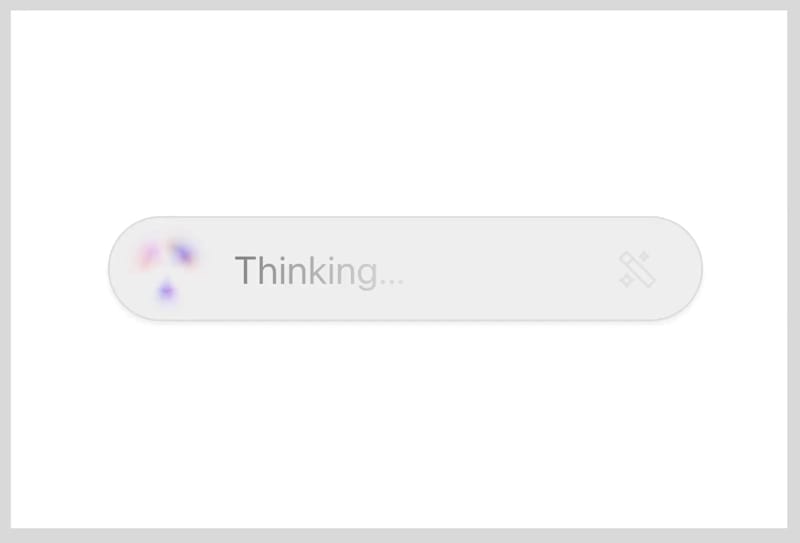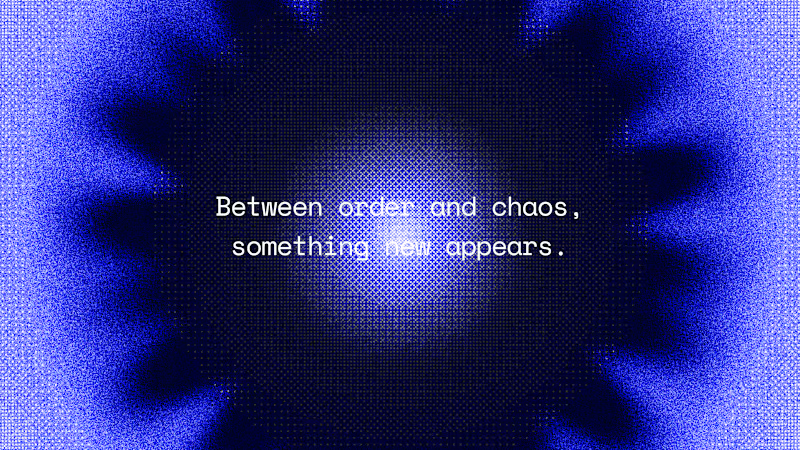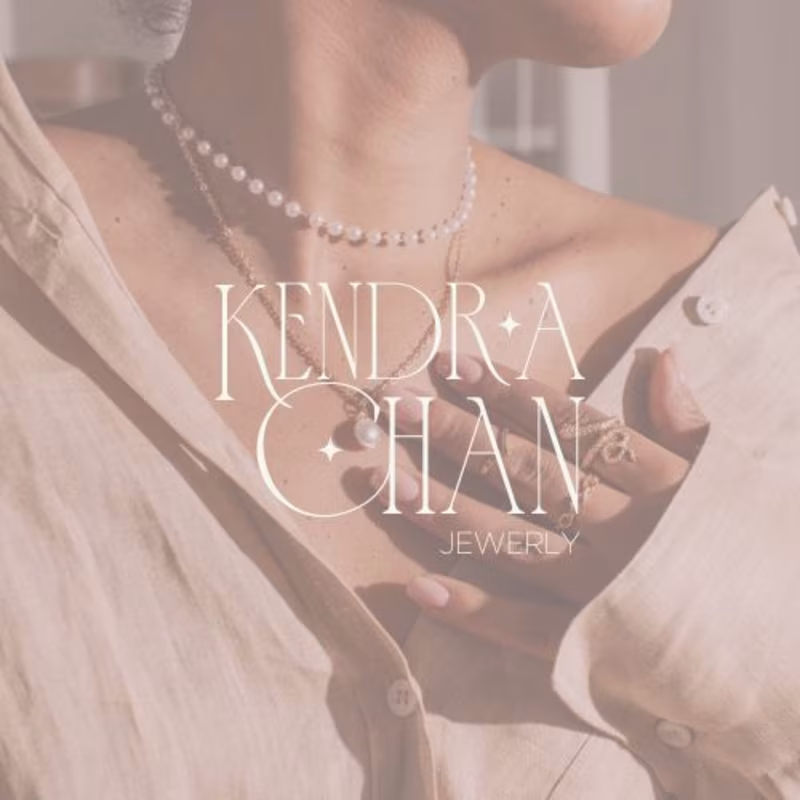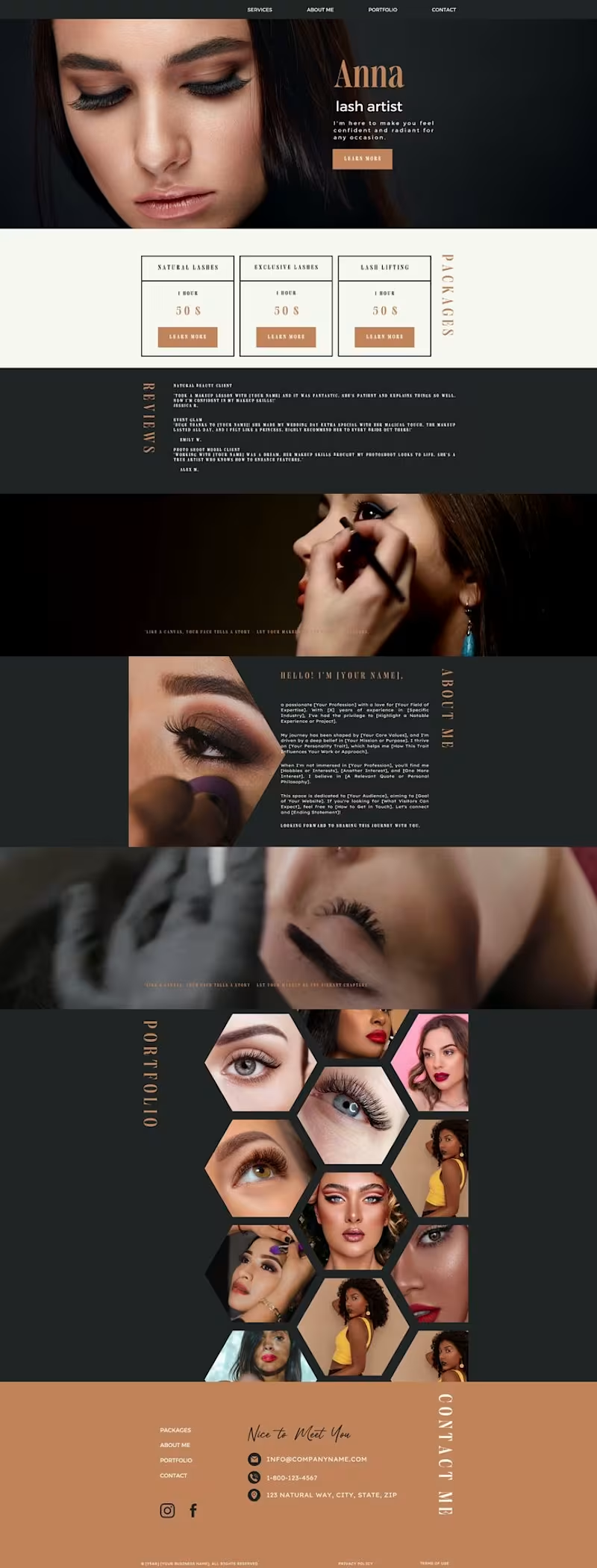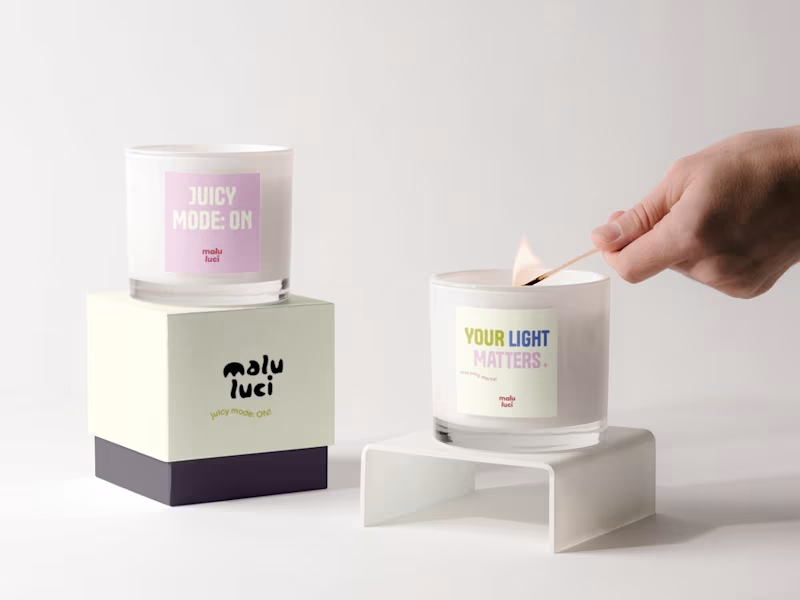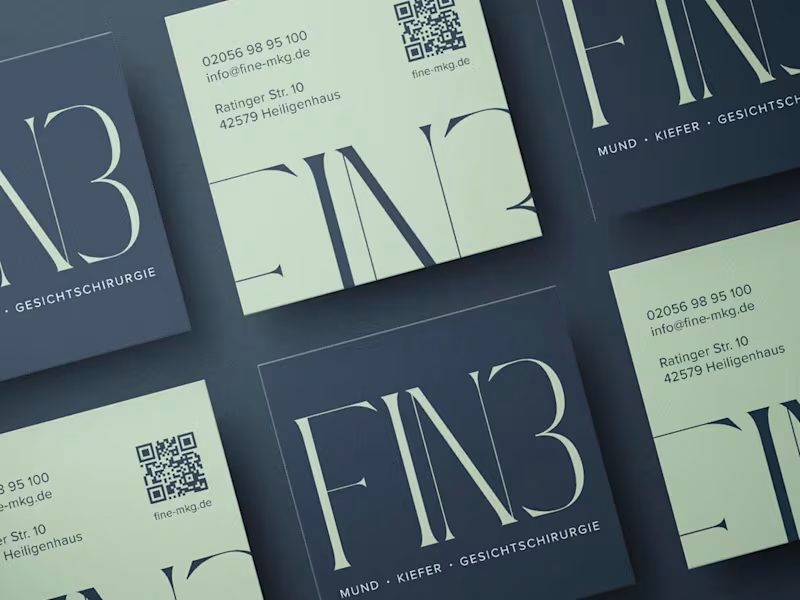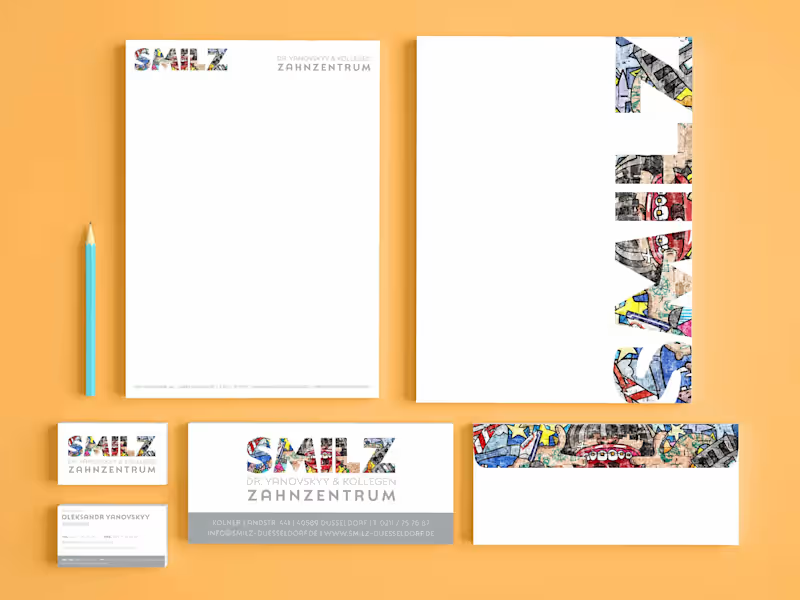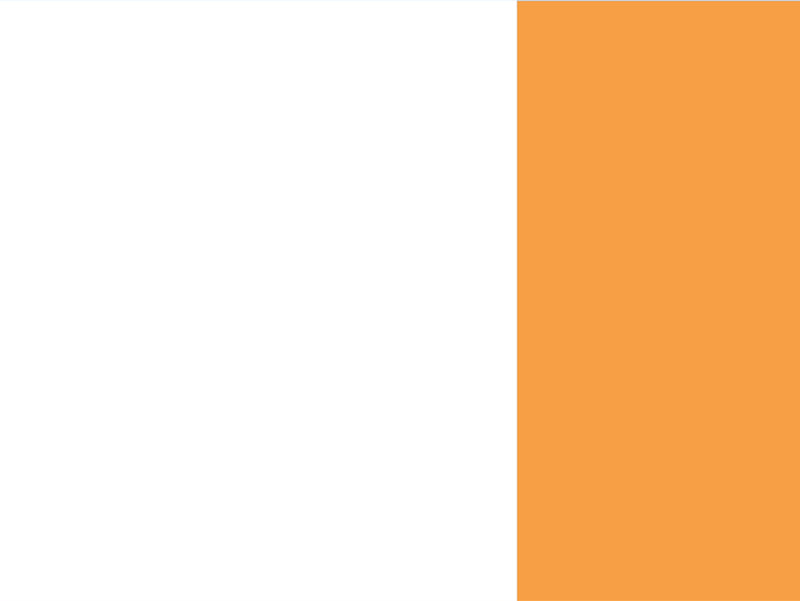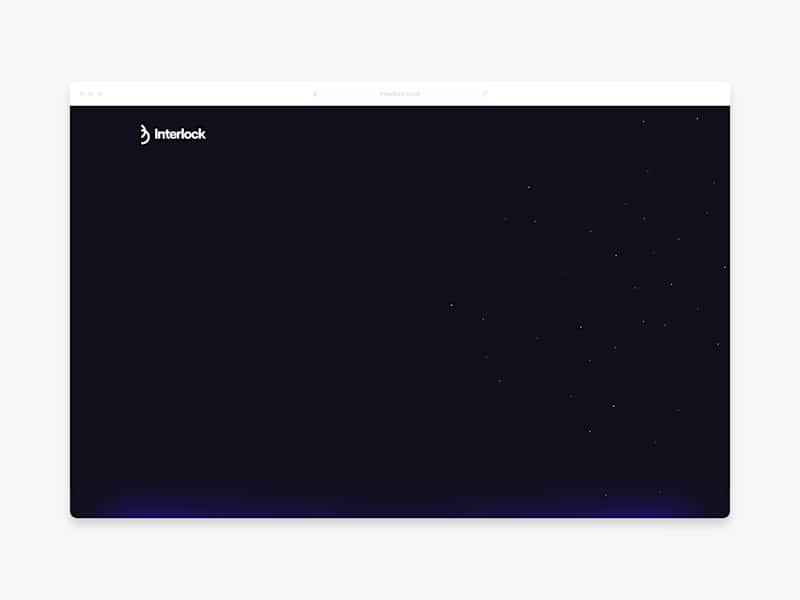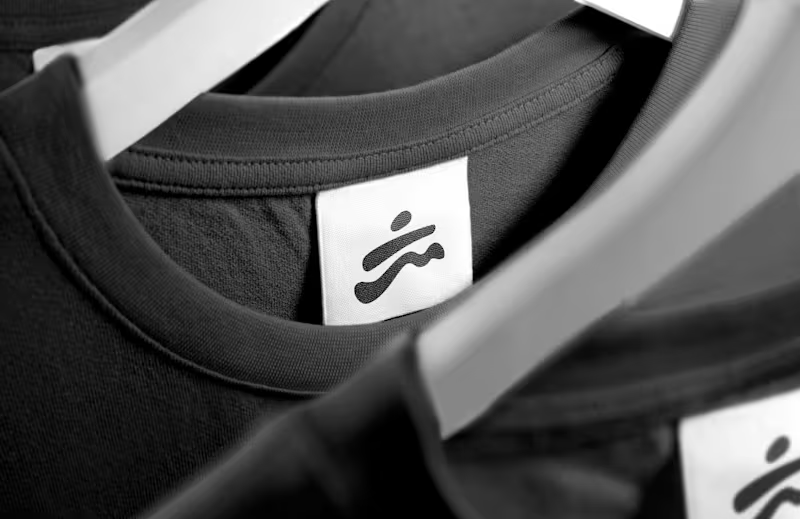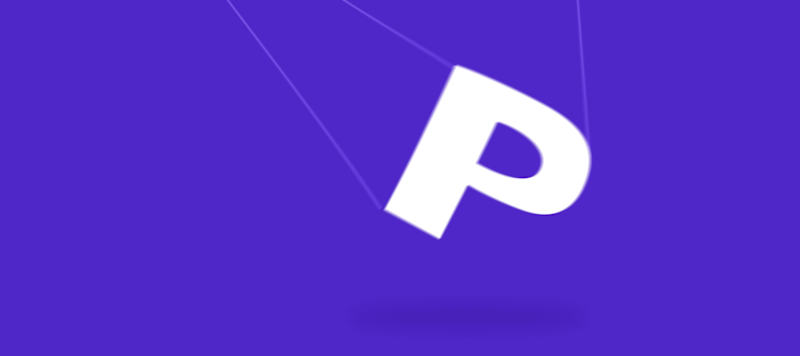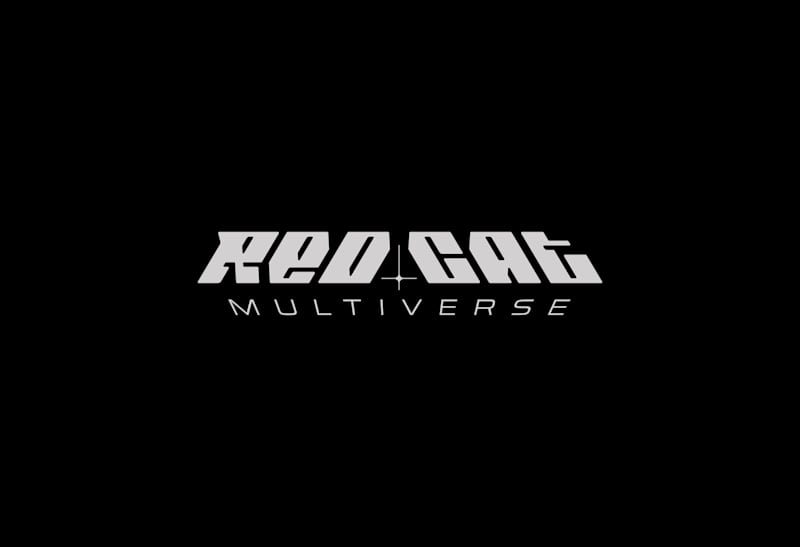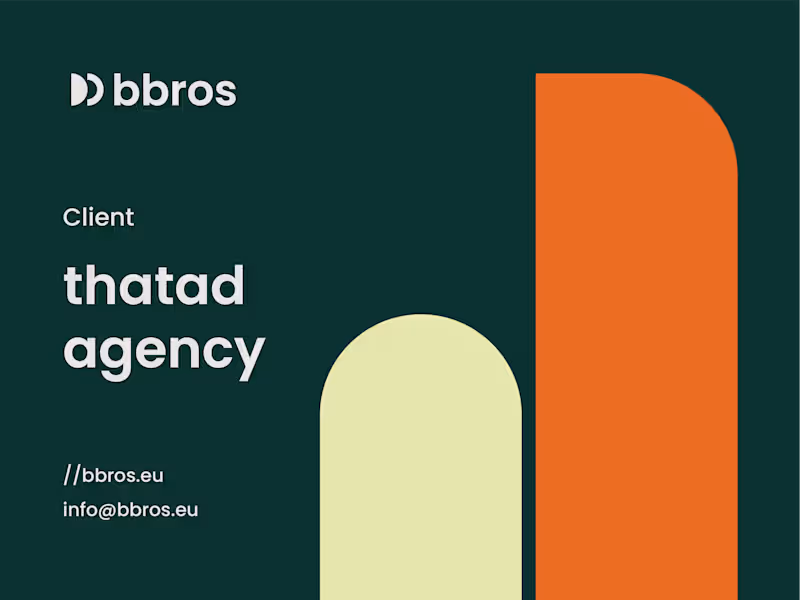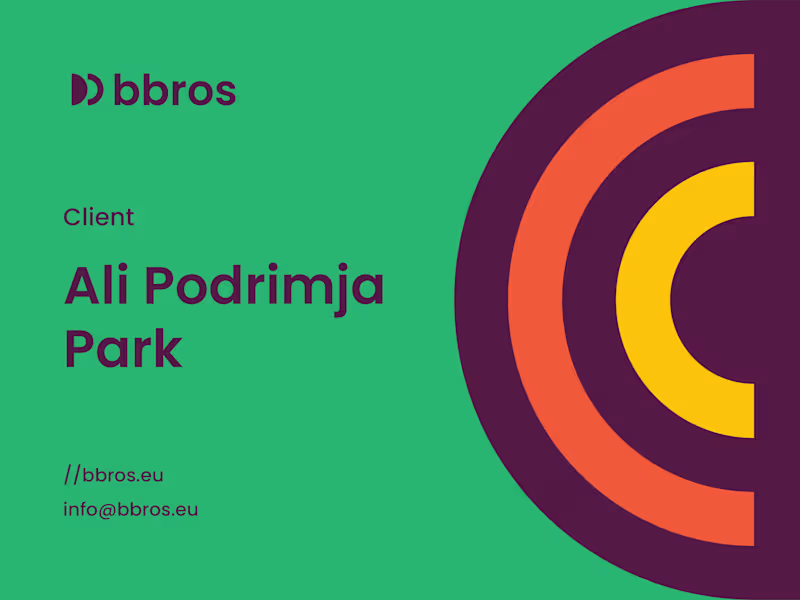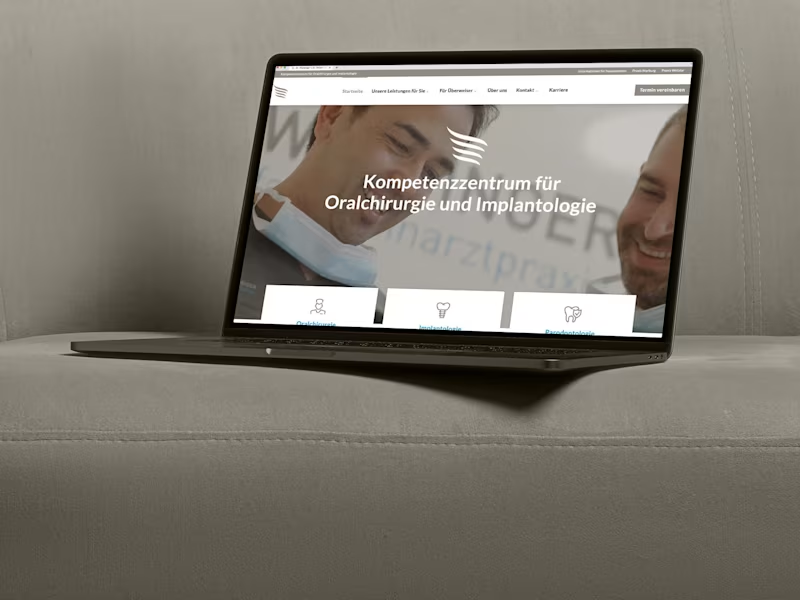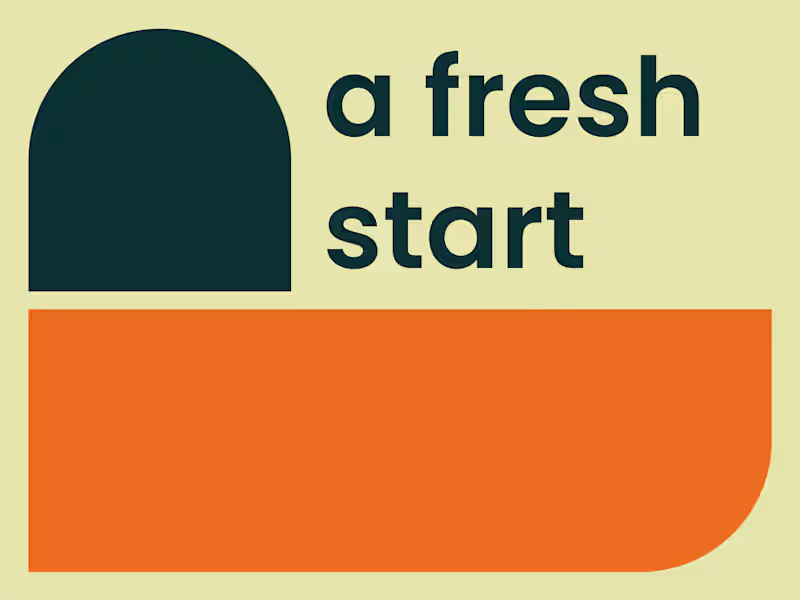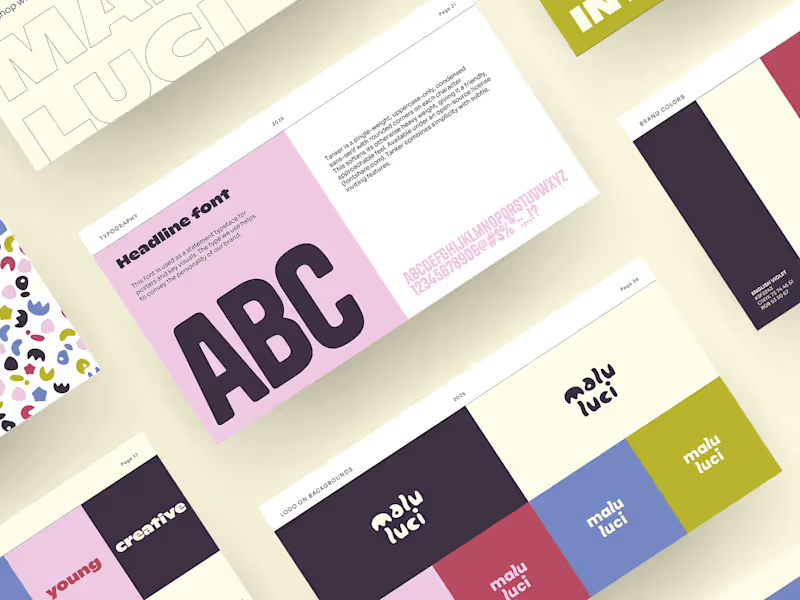What should I include in the job description for a freelance logo designer?
When hiring a freelance logo designer, be clear about your brand's vision. Describe the style or feel you want for the logo, like modern or vintage. List any colors or ideas you definitely want them to use. Mention any file types or formats you need, like JPEG or SVG. Clarity helps the designer create what you imagine.
How do I set project deadlines for a freelance logo design?
Set clear start and end dates for your logo design project. Let the designer know if you need the logo ready before a specific event. It's helpful to agree on milestones, like initial drafts and final revisions, to keep things on track. Give the designer enough time for their creative process, but ensure it's within your project's timeline.
Why is it important to see a portfolio before hiring a freelance logo designer?
A designer's portfolio shows the quality and style of their previous work. Look for logos that match what you want for your brand. A portfolio will help you decide if their skills meet your needs. It's like looking at drawings an artist made before asking for your special picture.
What should I discuss in the first meeting with my logo designer?
In your first meeting, share your brand's story and what you want the logo to say. Discuss any ideas or symbols that should be in the logo. This is a good time to talk about budget and deadlines too. Also, ask about the designer's process and how they’ll keep you updated on progress.
How do I ensure the logo designer captures the essence of Hessen in their design?
If you want the logo to reflect Hessen, share local symbols, colors, or traditions with the designer. Explain what makes Hessen unique to your brand. You could include elements like the Limeskastell or regional motifs. Working together on these ideas will help create a logo that feels true to Hessen.
What criteria should I use to evaluate a logo designer's past work?
Check if their past logos align with what your brand needs. Look for creativity and consistency across different projects. Notice how they use colors and shapes. Think about how their work compares to well-known logos you like. This will help you decide if they can create something special for you.
How can feedback improve my logo design project?
Giving feedback helps the designer understand what you like or want to change. Be clear about what works and what doesn’t. Feedback should be specific, like 'I love the colors' or 'Can we try a different font?' Working together makes sure the final logo fits your vision.
How can I ensure clear communication with my freelance logo designer?
Choosing how you’ll communicate is important, like email or video calls. Decide on how often you want updates about the project. Use simple words and be direct about your needs or questions. Clear talks keep everyone on the same page and help create the best logo for you.
Why is it important to agree on revisions before starting?
Deciding on the number of revisions helps keep the project smooth. It avoids confusion about how many changes you can ask for later. Discussing this upfront makes sure you and the designer agree on the creative process. It also helps budget time for each part of the logo's development.
How can I make the logo designer feel welcome to bring their creative ideas?
Create an environment where the designer feels free to share new ideas. Say that you value their creativity and expertise. Let them know you're open to their suggestions if it improves the project. This encourages great work and can lead to an even better logo than you imagined.
Who is Contra for?
Contra is designed for both freelancers (referred to as "independents") and clients. Freelancers can showcase their work, connect with clients, and manage projects commission-free. Clients can discover and hire top freelance talent for their projects.
What is the vision of Contra?
Contra aims to revolutionize the world of work by providing an all-in-one platform that empowers freelancers and clients to connect and collaborate seamlessly, eliminating traditional barriers and commission fees.
- 1x
- Hired
- 5.0
- Rating
- 3
- Followers

